Ever since the beginning of the pandemic, many enterprises were forced to close their physical shops and start their business online.
This shift has ensured the survival of many businesses, especially SMEs, and the market seems to shift towards an eCommerce direction for the years to come.
F&B business owners that only offer dine in are finding challenging, but thankfully the growing accessibility of food delivery services has helped enormously.
But here’s a scary fact:
So how do you make sure you’re one of the 10% of online businesses that survive past 2020?
To find out more, we had a chat with RJ Kevin, an account manager from Oddle, who has helped 100+ F&B businesses and stores thrive in our digital landscape.
Some of these smaller F&B businesses have even surpassed large corporations! with the help of their ordering system and some delivery platforms.
Here’s what we’ve learnt.
Step 1: You need to establish your ecosystem
Everyone can set up a social media platform. However, what you are looking for isn’t the likes and shares.
What you are looking for are the purchases.
Hence, it’s important to set up an online ecosystem that guides customers to purchase your product without realizing they are doing it.
A good way to create an online ecosystem is to base it off the advertising funnel.
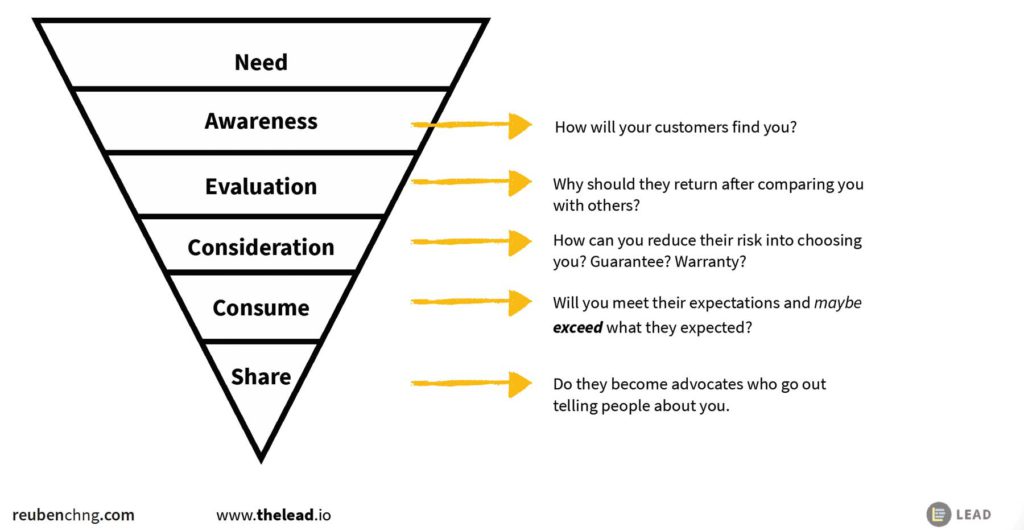
For example: let’s say you are a baker selling gourmet cakes, and your selling point is its beautiful icing and variety of treats you provide.
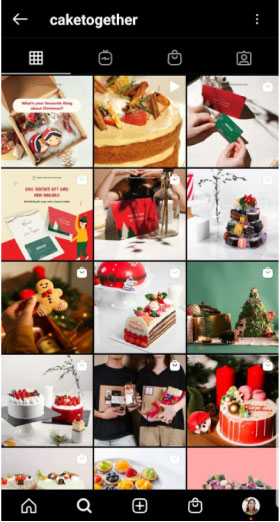
The first thing you need to do is promote your product to the general masses to attract your target audience. This is the top of your funnel. At this stage, you would set up a social media account, such as Instagram, to show off the cakes.
Once you catch your target audience’s attention, the next thing your audience will think of is how they can get the cakes. You need to prepare the middle of the funnel by setting up a company website where they can learn more about the cakes and your business.
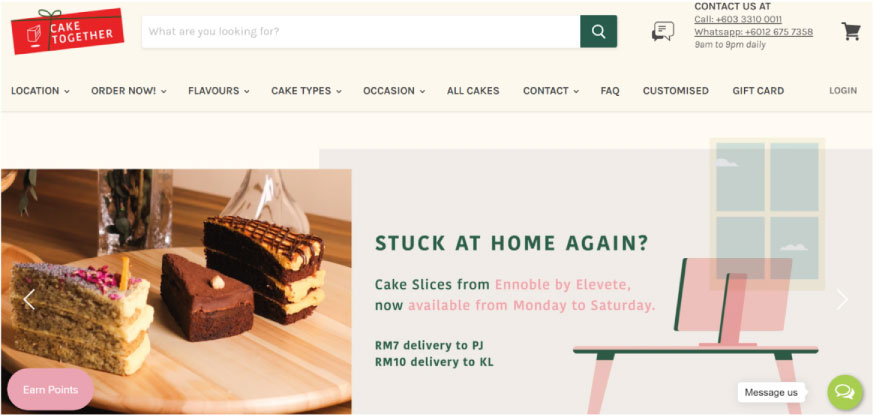
Finally, at the bottom of the funnel, your audience knows how to get the cakes and wants to buy them.
Make it easy for them to purchase your audience with clear calls to actions (CTA) to contact you or order the cakes online.
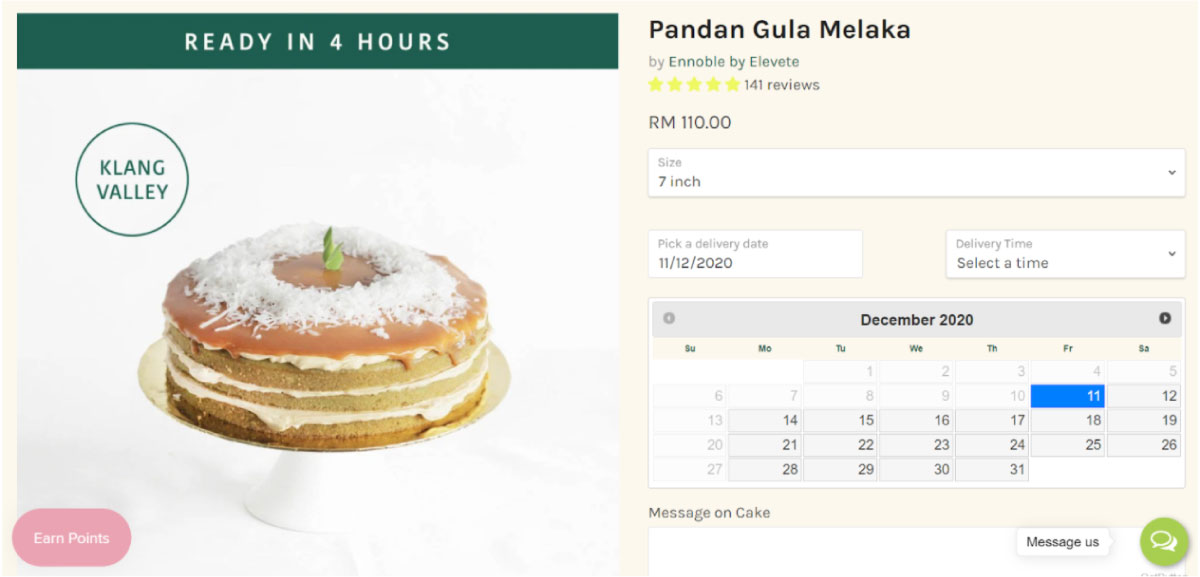
You should also have payment systems that make it easy to transfer their payment to you. Locally, there are many payment gateway providers which offer generous transaction fees for online stores.
And of course, in every step of the way, give them pleasant customer service.
Audiences want a smooth transition to get what they want, which is why in every step of the way, right up until the end of the exchange, you should ensure that your online system supports this process.
Make it easy for your customers to buy your product again – having an online menu and clearly stating your menu offerings which is something Oddle strive for.
Step 2: Leverage on Ads
Based on RJ’s observations and experiences, businesses that thrive are those that are willing to spend money on advertisements. They treat it as an investment, rather than a cost.
In fact, during this COVID-19 pandemic, RJ has seen smaller businesses perform better than larger brands online because they went all out on advertisements to spread awareness.
For most business owners, Facebook ads are a popular choice.

Okay, I can feel the skepticism comes through the screen.
Really? Facebook ads? Don’t 62% of small businesses fail at digital marketing when they use facebook ads?
Well first thing’s first, 97% of all B2C companies use facebook as a marketing platform. With such a wide-spread platform, it will be a shame not to use facebook ads to your advantage.
Second: facebook ads are just a medium for you to promote a product. You can have an effective digital marketing strategy based on facebook ads – you just need to learn how.
That’s why customer data and segmentation is so important.
For a business to survive, you need repeat customers. The golden rule behind business sustainability says that:
“20% of customers generate 40-80% of your revenue.”
It’s okay if you can’t get the other 80%. Just by having that loyal 20%, you will have a healthy business.
In the end, you want sales, not likes.
But without knowing who you are attracting or which customers remain loyal, you’re going to keep boosting ads without knowing what makes them buy in the first place. As RJ puts it:
“You need to dive in deeper into what makes sales effective, otherwise, you will lose out.”
How do you get more than 20% loyal customers?
Aside from the advertising funnel, you can try retargeting your audience.
Based on the data you have collected from web scraping, discover the characteristic of your target audience to form an identity for their group through matrices like K Clustering. Once you do that, retarget your ads to promote to a similar group of people.
By purposefully targeting similar markets, you will get higher conversion rates than using a blanket approach to attract all customers.
Tailor your promotional strategies towards each target market differently.
Step 3: Provide Win-Win Conversions
Here is a dangerous mistake: people who don’t hit the 20% mark in the golden rule will only focus on promotions.
While promotions do attract more people, making deals that simply reduce the original price will only attract one-time customers.
Your promotion strategies shouldn’t be short boosts of income, you want them to be a means to attract new, repeated customers.
To make sure your promotions attract new, repeat customers, you need to create deals that benefit both sides – and your customers need to know this too.
Afterall, customers will get suspicious that there is a free additional cake for every cake that you buy.
Because despite the awesome deal, your audience is thinking: what is the catch?
Your audience doesn’t see the perceived value behind the exchange. If you are giving something free without any attachments, they will think that the deals they are receiving are not worth anything; it’s customer psychology.
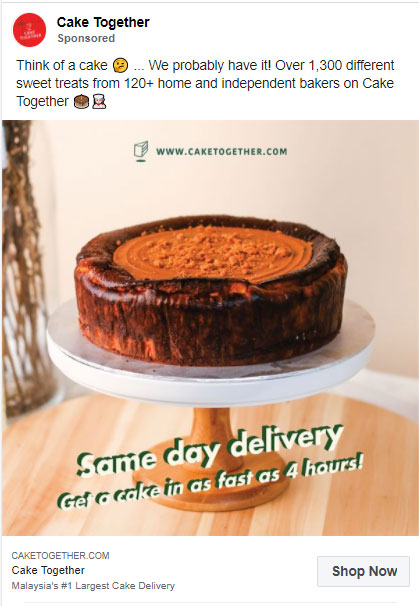
You need to make deals that give and take, so that your audience thinks that your deal is an exchange of items of equal value.
Let’s return to a cake example. When most people order cakes online, they usually like to order a small slice of cake to bury their troubles. However, most businesses that sell cakes earn money by selling whole cakes in bulk.
So while having a bonus slice of cake is good for your target audience, it’s not economically sustainable for your business, giving a boost to your online sales.
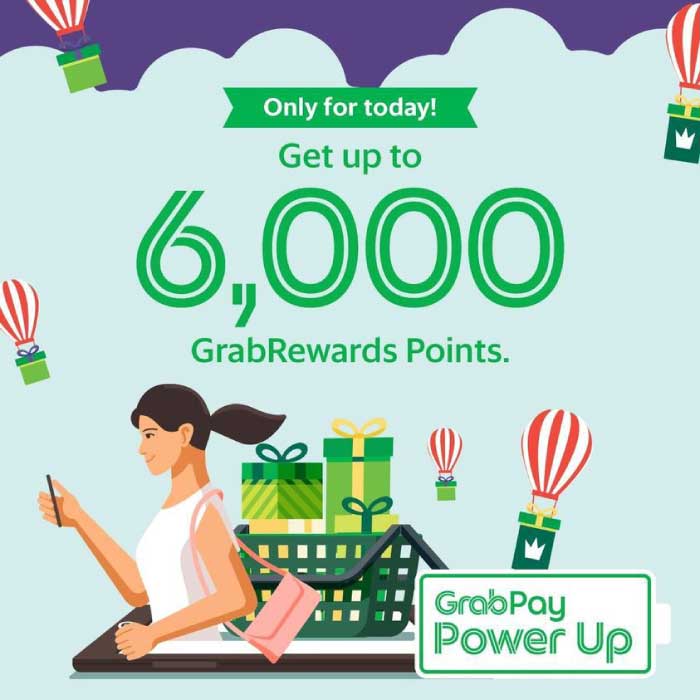
Instead, have a promotional exchange eg: get 6000 worth of Grab points for each RM 250 cake you buy.
This will not only allow you to sell more whole cakes, but provide your customers to gain points they can use however they wish. Both sides win!
Moreover, Whatapps call in orders are during this period of time are commonly found with food items and dishes, but if you’re a baker, you can always work with third party delivery partner or delivery service to get your cakes or desserts delivered.
So if you’re a F&B business owner where your dine in sales experiences a drastic drop, there is never a greater time to build a website on an affordable platform and engage with a food delivery service to sustain your business.
Final thoughts on sustaining your online F&B business
When it comes to having a sustainable online business, we must have:
- A complete online ecosystem for excellent UX
- Strategically directs ads that target new audiences
- Win-win deals that provide an equivalent exchange of value
Remember: digital marketing and data science are just tools to generate conversions, what matters is how you use them.
Learn how you can grow your online business sustainably with Growth Marketing 360

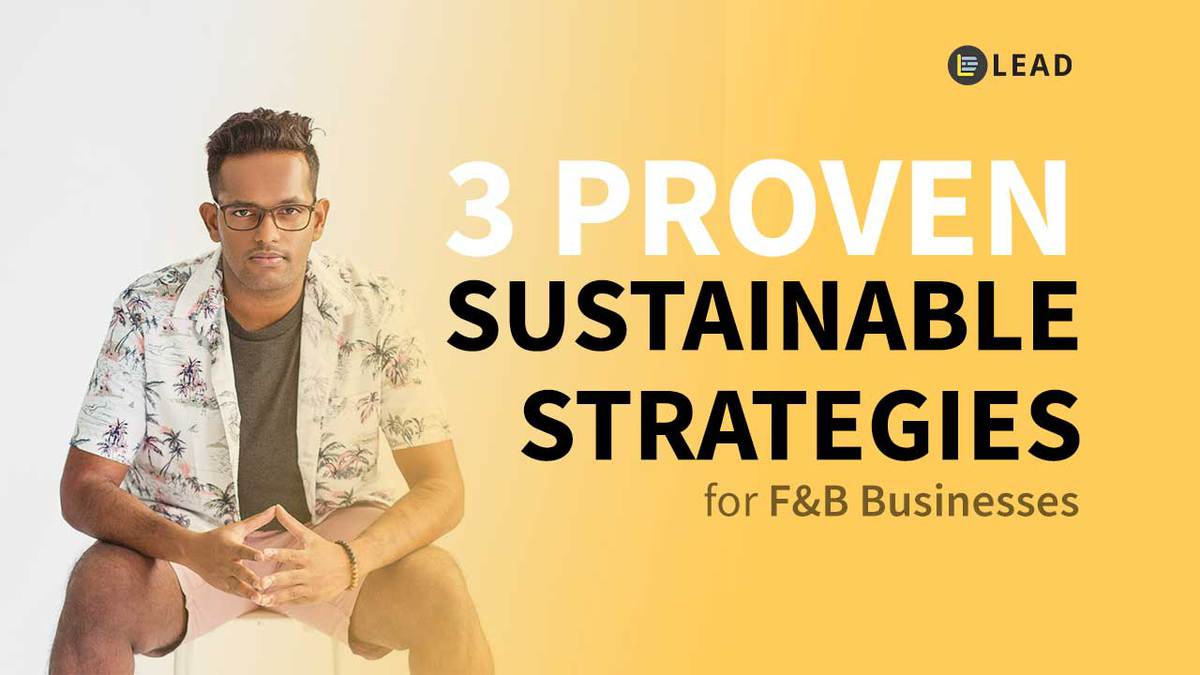

0 Comments